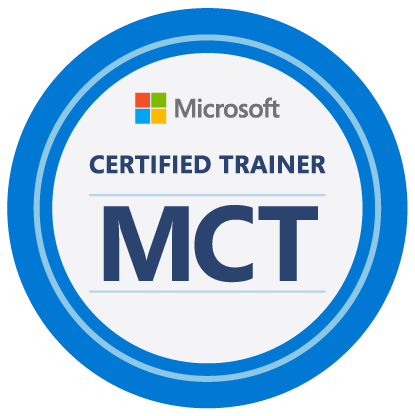في ظل التطور السريع للتقنيات السحابية، أصبحت المؤسسات بحاجة إلى منصات أكثر تكاملًا وأمانًا لإدارة محتواها الرقمي. إذا كنت تستخدم Google Sites وتبحث عن حل أكثر قوة ومرونة، فإن Microsoft SharePoint Online يعد خيارًا مثاليًا. فهو يوفر إمكانيات متقدمة لإدارة المحتوى، التعاون بين الفرق، وتكاملًا سلسًا مع مجموعة Microsoft 365.
لماذا الانتقال إلى SharePoint Online؟
1. إمكانيات تعاون متقدمة 🤝
يوفر SharePoint Online بيئة مثالية للعمل الجماعي عبر المستندات، القوائم، والتطبيقات التعاونية.
تكامل عميق مع Microsoft Teams، مما يسهل الاتصال بين فرق العمل.
2. تحكم وأمان أعلى 🔒
يدعم سياسات الأمان المتقدمة مثل Azure AD وMicrosoft Purview لضمان الامتثال وحماية البيانات.
إمكانيات متقدمة للتحكم في الأذونات وإدارة الوصول.
3. التكامل مع Microsoft 365 🔄
سهولة مشاركة الملفات عبر OneDrive.
تكامل مع Power Automate لإنشاء تدفقات العمل الأوتوماتيكية.
4. إدارة محتوى قوية 📂
إمكانية إنشاء Intranet متكاملة.
دعم أنواع مختلفة من البيانات والمحتوى بفضل قوالب SharePoint القابلة للتخصيص.
تحديات الترحيل من Google Sites إلى SharePoint Online
1. نقل المحتوى 📦
لا يوجد أداة ترحيل مباشرة، لذا يجب تصدير المحتوى يدويًا أو باستخدام أدوات طرف ثالث مثل ShareGate أو AvePoint.
إعادة إنشاء الصفحات والتصميم بما يتناسب مع بيئة SharePoint.
2. التوافق مع المستخدمين 👥
قد يحتاج فريقك إلى تدريب للتكيف مع بيئة SharePoint الجديدة.
ضبط الأذونات وفقًا لاحتياجات المؤسسة.
3. التكامل مع الأدوات الأخرى 🔗
بعض الميزات التي كانت متاحة في Google Sites قد تحتاج إلى بدائل داخل Microsoft 365.
كيف تبدأ في عملية الترحيل؟
1. تقييم المحتوى الحالي ✅
قم بمراجعة المحتوى الموجود على Google Sites وتحديد الصفحات والعناصر التي يجب نقلها.
2. تخطيط هيكل SharePoint 🏗️
حدد بنية المواقع الجديدة داخل SharePoint، مثل مواقع الفريق (Team Sites) أو مواقع الاتصال (Communication Sites).
3. اختيار أداة الترحيل المناسبة 🛠️
يمكنك استخدام أدوات مثل Microsoft Migration Manager أو حلول طرف ثالث لتسهيل العملية.
4. اختبار الترحيل 🧪
قبل تنفيذ الترحيل على نطاق واسع، جرب العملية على مجموعة صغيرة من البيانات لضمان الجودة.
5. التدريب والدعم 🎓
قم بإعداد جلسات تدريبية لمساعدة فريقك على التأقلم مع SharePoint والاستفادة الكاملة من إمكانياته.
الخاتمة
يُعد الترحيل من Google Sites إلى SharePoint Online خطوة استراتيجية تعزز التعاون، الأمان، وإدارة المحتوى داخل مؤسستك. مع التخطيط الجيد واستخدام الأدوات المناسبة، يمكنك تنفيذ عملية الترحيل بسلاسة والاستفادة من إمكانيات SharePoint المتقدمة.








